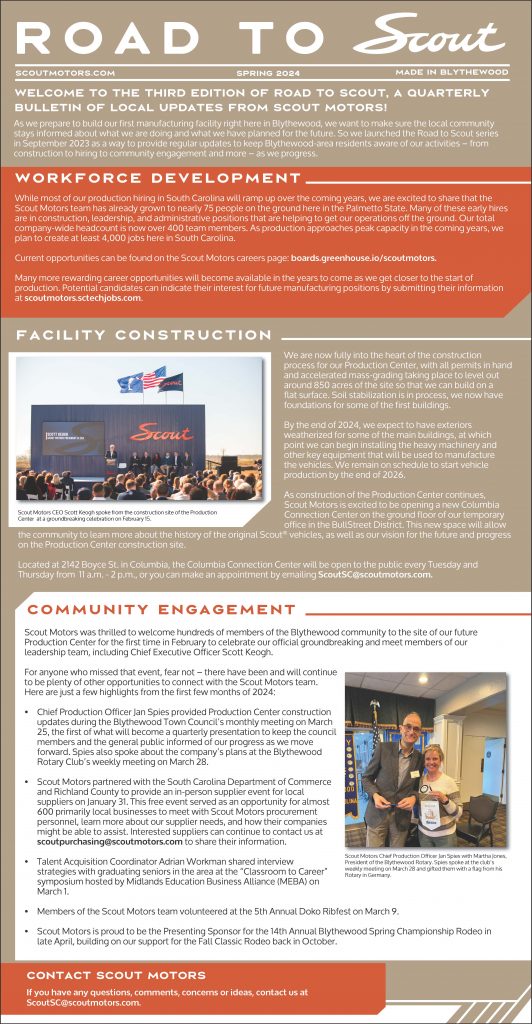Here’s a “daycation” you can take this summer or plan for the fall: An 80-mile drive to Walnut Grove Plantation near Spartanburg. About 80 minutes’ drive up I-26 will take you to a farm/plantation of the 1780s that’s on the National Register of Historic Places.
Named for the walnut trees planted on the property by Kate Moore Barry, Walnut Grove Plantation’s story begins around 1765 when Charles and Mary Moore established Walnut Grove Plantation on a 550-acre king’s land grant. Many of Walnut Grove Plantation’s outbuildings from the 18th century still stand. Among them are a blacksmith shop, wheat house, barn, meat house, a well house with dry cellar, a school and doctor’s quarters. Kitchens of that era generally stood apart from the main dwelling because they were hot, prone to being smoky and, more to the point, they often caught fire. Note how gourds provided useful homegrown wares: bowls, scoops and funnels, all essential to preparing food. You’ll find them more picturesque than plastic bowls.
Put Walnut Grove Plantation on your fall itinerary if you like. FestiFall, a two-day festival at Walnut Grove, gives visitors an opportunity to see Colonial-era people practice crafts and trades. Aptly named craftsmen like Ike Carpenter of Edgefield demonstrates his pioneer woodworking skills at FestiFall at Walnut Grove. In early days men like Carpenter shaped wood into useful tools and beautiful furniture. A steady hand and an eye for detail rendered oak into functional works of art. See how Ike Carpenter’s handcrafted spoons replicate the look and feel of Colonial America. Today the indispensable wooden spoon brings a pioneering touch to modern kitchens.
Other craft artists like Greenville’s Mary Alice Goetz come to FestiFall to demonstrate basket weaving. She weaves split oak strands into heirloom baskets that will bring function and beauty to generations of users. See a blacksmith work his forge, a cooper make barrels and other craftsmen demonstrate how essential goods were made.
In 1961, Thomas Moore Craig Sr. and wife Lena Jones Craig, descendants of the Moore family, donated Walnut Grove Plantation and 8 acres to the Spartanburg County Foundation in a special trust fund. Now the public can tour and learn from this historic site. Walnut Grove Plantation chronicles how free and enslaved people settled South Carolina and other colonies. Part of its story is the fight for independence and the building of a new nation. Take a tour and see that story come alive.
If You Go …
Walnut Grove offers guided hourly tours of the site’s 250-year-old buildings. Learn about Colonial and Revolutionary Era history and see reenactors portray people of the time.
• Walnut Grove Plantation
1200 Otts Shoals Rd, Roebuck, S.C. 29376.
$6 per adult, $3 ages 5 to 17, free to infants to 4.
Call ahead to plan group tours.
864-576-6546
www.spartnaburghistory.org/walnutgrove.php
Learn more about Tom Poland, a southern writer, and his work at www.tompoland.net. Email day-trip ideas to him at [email protected].












